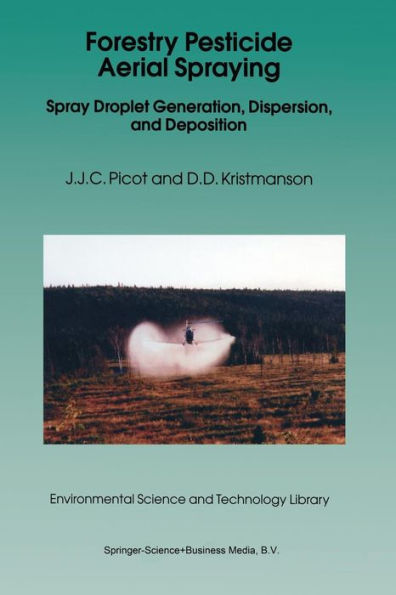Introduced to the technical aspects of forestry aerial spraying in the mid-1970's, we were immediately impressed by the complexity of the process of delivering pesticide to foliage. At that time, there was a vigorous public debate in New Brunswick about the ecological and public h~alth impacts of the annual spray program for the control of defoliation of spruce and fir trees by the spruce budworm. The forest industry is important to the province and changes to the established procedures of budworm control could have major economic implications. A rational debate required reliable information about the mechanics of the spraying process. There was a need to supply missing information as to required pesticide application rates, atomizer performance, off-target drift and deposit, and the effects of weather and aircraft operating factors. We were invited to initiate a research program in this domain by New Brunswick forest management officials, and what follows in this book is a logical and quantitative description of the overall process based on our own research and that of others over the intervening years. After a short introduction to aerial spraying, we begin (Chapter 2) by describing forest stands in terms of their interaction with suspended atmospheric particulate material carried along by the wind and susceptible to deposition on foliage. We introduce foliage simulators and their use in measuring the deposit of sprayed pesticide on foliage, the "biological interface" between pest and pesticide.



